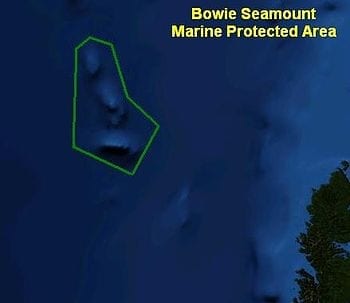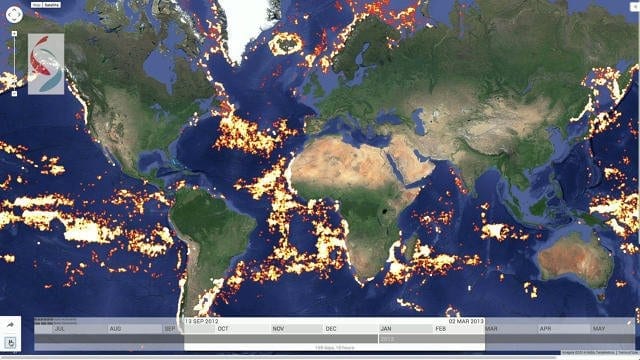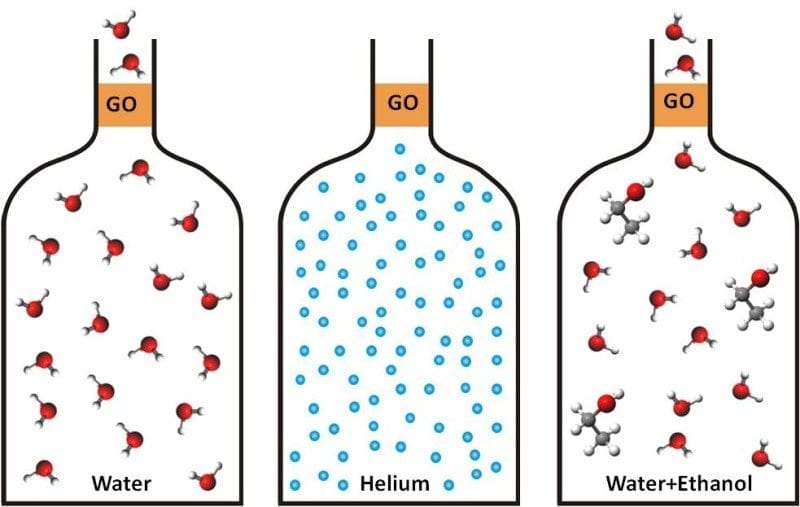
But it would be an overreaction to despair over this report.
One of the few bright spots in the struggle to protect the world’s fragile oceans has been the rapidly increasing number of “marine-protected areas,” places where fishing is limited or banned and where, presumably, depleted species can recover by simply being left to themselves. The benefits of hands-off environmental protection may seem self-evident. But creating a preserve and rebuilding a healthy ecosystem are not necessarily the same thing. A recent study published in Nature found that, more often than not, marine-protected areas don’t work as well as they could.
Researchers with the University of Tasmania studied 87 marine-protected areas in 40 countries worldwide, and found that 59 percent of the areas were no better off than areas where fishing was allowed. The reasons for failure varied, but they boiled down to this: Not all marine-protected areas are alike. Some allow fishing; others forbid it. Some are managed well; others are managed badly. Some are relatively intact; others have been left barren by generations of overfishing.
The researchers identified five essential characteristics of the most successful marine-protected areas: These areas were designated “no take” (allowing no fishing whatsoever), their rules were well enforced, they were more than 10 years old, they were bigger than 100 square kilometers, and they were isolated by deep water or sand. Compared with regular fished areas, the areas that had four or five of those attributes had a far richer variety of species, five times the biomass of large fish and 14 times the biomass of sharks, which are indicators of ecological health.
Most underachieving marine sanctuaries had only one or two of these magic factors, and thus “were not ecologically distinguishable from fished sites.” The four sanctuaries lucky enough to have all five characteristics were isolated areas in the oceans off Costa Rica, Colombia, New Zealand and Australia. The “coral triangle” of Southeast Asia also got high marks, but it did not have as great an array of large species as its more isolated counterparts.
You could say the scientists were simply discovering the obvious — that a “protected” area hardly deserves the name if it’s so small that fish swim out of it, or if poachers are allowed to plunder it. But it would be an overreaction to despair over this report.
The Latest on: Marine protected areas
[google_news title=”” keyword=”Marine protected areas” num_posts=”10″ blurb_length=”0″ show_thumb=”left”]
via Google News
The Latest on: Marine protected areas
- Artists in Namibia use art to promote marine conservationon May 7, 2024 at 8:30 am
WINDHOEK, May 7 (Xinhua) -- In southern Namibia, artists are using the power of art to raise awareness about the conservation and protection of the African nation's marine life along the Atlantic ...
- Argentina and Chile lobby for a Marine Protected Area west of Antarctica Peninsulaon May 6, 2024 at 4:59 pm
with the joint proposal to create a Marine Protected Area in waters next to west Antarctica Peninsula and south of the Scotia arc, a project in which the Chilean Antarctic Institute and Argentina ...
- The High Seas Treaty and Latin America’s Role in Marine Conservationon May 6, 2024 at 12:22 pm
The High Seas Treaty, a historic agreement finalized in 2023 after decades of negotiations, will only go into effect after at least 60 countries have ratified it. So far, just Chile, Palau, Belize, ...
- The Marine Park of Zakynthos: Where Sea Turtles and Seals Roam Freeon May 5, 2024 at 11:30 pm
The islet of Marathonisi in Laganas Bay, known as "Turtle Island," is included in the Marine Park of Zakynthos ...
- Argentina creates two marine protected areas in the South Atlanticon May 5, 2024 at 5:00 pm
There’s a growing movement worldwide to increase the coverage of marine protected areas. From 430 marine parks in 1985 there are more than 15,000 protected areas today.
- West Coast Indigenous-led marine conservation area gets global spotlighton May 1, 2024 at 2:13 am
The Kitasoo Xai’xais First Nation's Gitdisdzu Lugyeks Marine Protected Area is getting international recognition but is being overlooked at home in Canada, falling victim to foot-dragging by the ...
- Protected Areason April 27, 2024 at 3:31 am
The Greek prime minister Kyriakos Mitsotakis has announced that bottom trawling will be outlawed in the country’s marine protected areas (MPAs), hailing the move a “historic moment”.
- Nunavut government wants to open a protected area in the High Arctic to tourismon April 25, 2024 at 11:15 am
The Government of Nunavut is pushing the federal government to allow tourism, recreational and outfitting activities in the Tuvaijuittuq Marine Protected Area in the High Arctic. With certain ...
- A bottom trawl ban in marine protected areas would be good for everyoneon April 17, 2024 at 2:32 am
Bottom trawling is rife in marine protected areas across the UK and EU. Allowing this is endangering our ocean, our climate and our coastal communities. The damage caused by trawling and dredging ...
- Greece becomes first European country to ban bottom trawling in marine parkson April 16, 2024 at 9:59 am
The law will come into force in national parks within two years and in all of the country’s marine protected areas by 2030 ...
via Bing News










